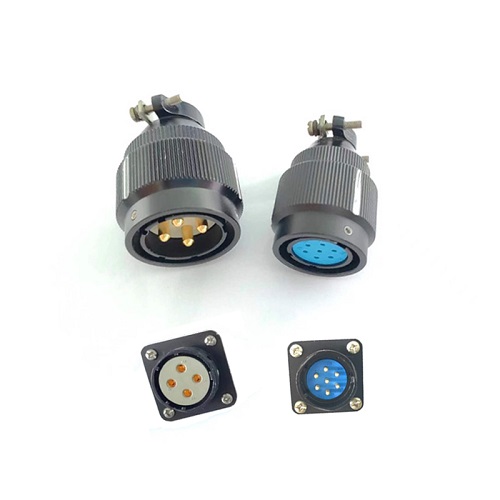A Closer Look at Subway Signal Connectors: Ensuring Smooth Transit Operations
2025-01-22
Modern subway systems are the lifeblood of urban transportation, moving millions of passengers daily. Behind the scenes, a network of advanced technology ensures these systems operate efficiently, safely, and on schedule. One such critical component is the subway signal connector—a vital link in the signaling systems that control train movements, manage traffic, and prevent collisions.
This blog explores the importance, functionality, and applications of subway signal connectors in ensuring smooth and reliable transit operations.
What is a Subway Signal Connector?
A subway signal connector is a specialized electrical or electronic component used to establish secure connections between various elements of a subway signaling system. These connectors facilitate the transmission of data, power, and control signals across signaling devices such as:
- Track circuits
- Signals and lights
- Control panels
- Automatic train control (ATC) and protection (ATP) systems
Built to handle the rigors of high-frequency use and challenging environments, subway signal connectors are designed with durability, reliability, and precision in mind.
Applications of Subway Signal Connectors
1. Track Circuit Connections:
Subway signal connectors link track circuits that detect the presence of trains on specific sections of the track, helping to manage train spacing and prevent collisions.
2. Train Control Systems:
Connectors enable communication between automatic train control systems, providing real-time data for speed regulation and stopping accuracy.
3. Signal and Lighting Systems:
They are used to connect signals, lights, and warning indicators, ensuring clear communication to train operators.
4. Control Rooms:
Subway signal connectors play a key role in connecting control panels, relays, and computers to centralize monitoring and decision-making.
5. Communication Systems:
Essential for passenger information systems and emergency communication setups within subway networks.
Advantages of Using High-Quality Subway Signal Connectors
1. Enhanced Safety:
Reliable connections prevent signal failures that could lead to accidents or disruptions.
2. Operational Efficiency:
High-quality connectors ensure seamless communication, reducing delays and improving train scheduling accuracy.
3. Reduced Maintenance:
Durable connectors lower the frequency of repairs and replacements, cutting down on maintenance costs.
4. Adaptability:
Customizable designs allow for easy integration with existing systems and future upgrades.
5. Environmental Resistance:
Designed to perform under challenging conditions, including high humidity, dust, and underground vibrations.
Choosing the Right Subway Signal Connector
When selecting a subway signal connector, consider the following:
1. Application Requirements:
Understand the specific needs of the signaling system, including voltage, current, and signal type.
2. Environmental Resistance:
Look for connectors with IP ratings suitable for underground conditions.
3. Signal Quality:
Choose connectors with minimal signal loss and strong shielding against interference.
4. Durability:
Select connectors made from high-quality materials that can withstand prolonged use.
5. Standards Compliance:
Ensure the connectors meet international standards for railway and transit systems.
6. Supplier Reputation:
Partner with trusted manufacturers to guarantee quality and reliability.
The subway signal connector may seem like a small component, but it plays a pivotal role in maintaining the safety, efficiency, and reliability of urban transit systems. By ensuring seamless communication between signaling devices, these connectors contribute to smoother subway operations and a better experience for passengers.
Investing in high-quality, reliable connectors is essential for modern subway systems looking to enhance their infrastructure and meet the demands of growing urban populations. Whether it's ensuring timely arrivals or preventing disruptions, the right connectors are the backbone of a successful transit network.



